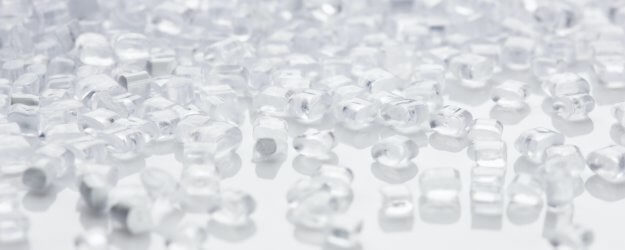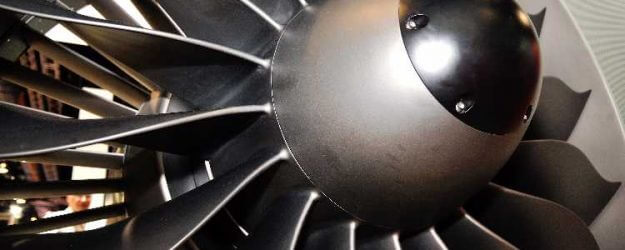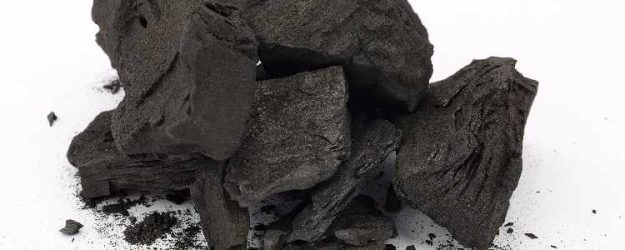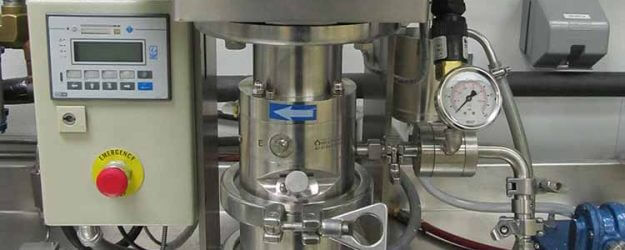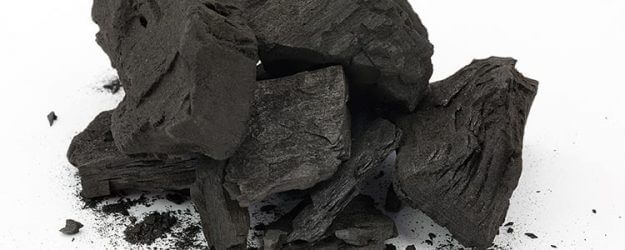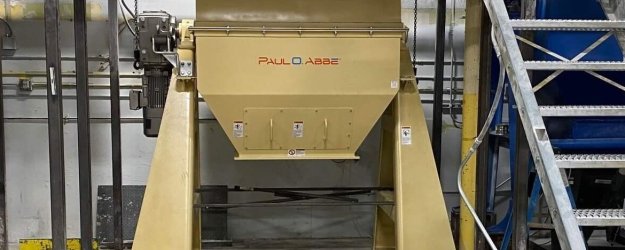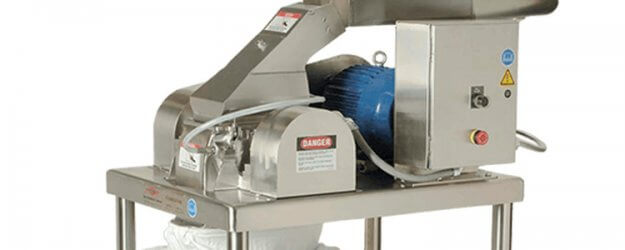Process
Cryo Milling Services
AVEKA uses liquid nitrogen to lower the temperature of the material and/or the milling process. AVEKA uses cryogenic hammer mills that can typically reduce the particle size from small pellets down to the 100s of microns. Cryo-milling can be used for:
- Reducing the material temperature below its glass transition temperature (Tg), which is the point at which a polymer goes from a brittle, glassy state (low temperature) to an elastic, rubbery state (higher temperature). Materials below their Tg are generally friable to some degree.
- Keeping the mill and material from overheating. Hard to mill materials generate a lot of heat during milling, and materials must stay below their melt temperatures or softening points to be friable.
- Temperature control to prevent hazardous decomposition during impact of the mill
- Oxygen (or other gases) exclusion to prevent degradation of the milled material when new surfaces are formed
AVEKA experts can help with your cryomilling needs from R&D to large-scale production.
Capabilities and Equipment Specs
Factors to Consider
Featured Projects
Industries
Locations
